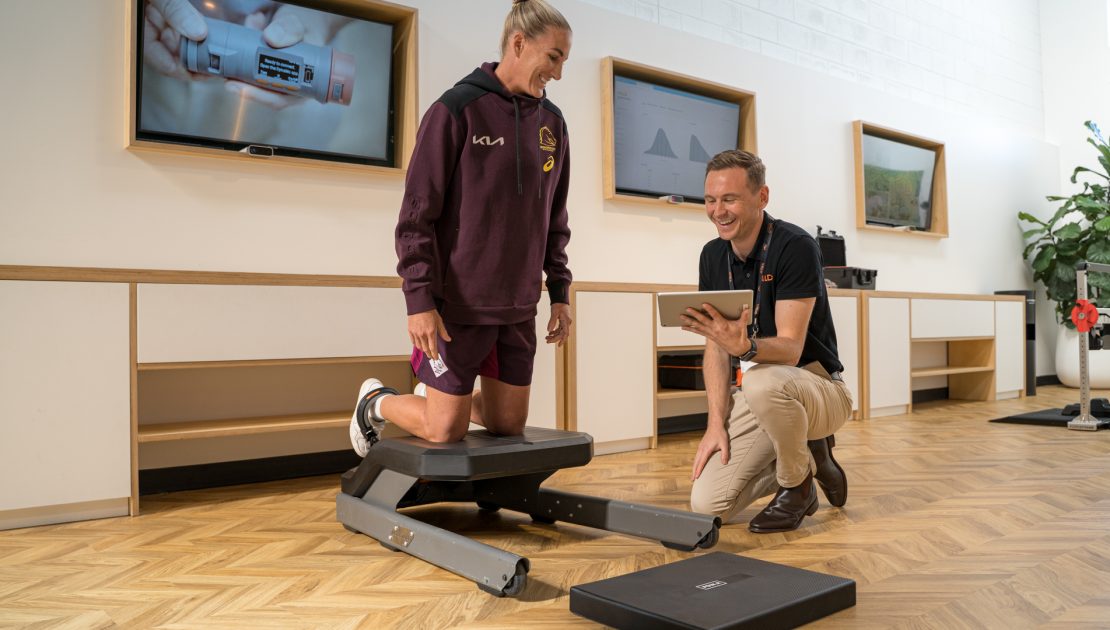How VALD systems can help give your organisation a competitive advantage
How VALD systems can help give your organisation a competitive advantage
-
August 10, 2022
- Posted by: ASC

Time lost to injury is a significant ongoing cost to the sporting industry – from the grassroots all the way up to the elite level. Whether you are part of a local athletics federation, a professional football club or you’re simply connected to the business of sport, it costs both time and money to watch injured competitors sit on the sidelines.
That’s why so many professional sporting clubs, leagues and federations around the world have invested in systems that capture reliable objective data. These systems help inform decision-making around performance and rehabilitation, and give high performance professionals highly-visualised insights into how their athletes are functioning between training sessions and games.
VALD’s innovative range of human measurement technologies are used by more than 1,600 of the world’s most elite sporting teams, high performance academies, strength and conditioning departments, coaching clinics, schools, universities and federations.
The full suite of products includes a range of integrated hardware and software systems designed to assess movement, monitor rehabilitation progress and provide unparalleled insight into musculoskeletal and neural performance.
Beginning with the NordBord Hamstring Testing System – an affordable device that allows you to test and train isometric and eccentric hamstring strength and imbalance – VALD’s suite has now grown to include the ForceFrame Strength Testing System, the HumanTrak Movement Analysis System and the SmartSpeed Timing Gate System, among others.
VALD’s latest innovation, the DynaMo Handheld Strength & ROM system, is an all-in-one handheld dynamometer and inclinometer that allows exercise professionals and healthcare practitioners to perform more than 300 strength and range of motion tests – including grip strength.
What these systems do is capture quantifiable objective data across a range of exercises and different parts of the body, which in turn helps high performance professionals make decisions around how athletes are performing and rehabilitating from injury.

“We’re very careful about what we say in terms of things like predicting injuries and injury risk,” VALD’s chief executive Laurie Malone explained.
“VALD systems don’t define injury risk, but what they do is provide quantifiable objective data that high performance professionals can use to better inform their own decision-making.”
“What that means is that high performance professionals can take the data captured by VALD systems and use it for longitudinal reporting, to analyse these high-quality data points and track how players are performing over the course of a season.”
“In doing so, VALD systems eliminate the reliance on making subjective assessments based on how things look and feel, and instead quantify assessments with objective data.”
By providing real-time feedback and access to normative data across a global range of sports through centralised data and administration platform VALD Hub, the systems not only help high performance professionals monitor baselines and manage loads, they also improve adherence to training programs and open lines of communication between coaches, athletes and other stakeholders.
In an industry where fine margins often mean the difference between success and second place, many organisations now view objective data as one way to gain a competitive advantage.
For more information on VALD systems, visit: valdperformance.com
